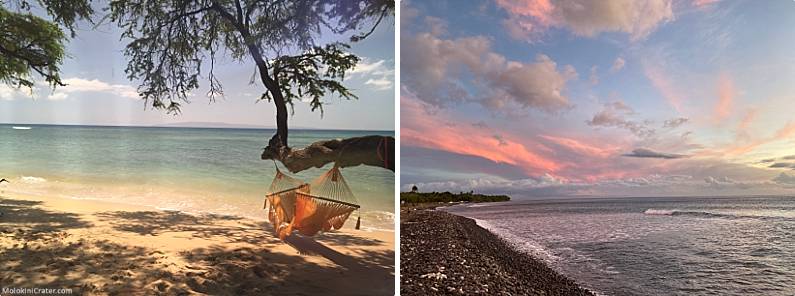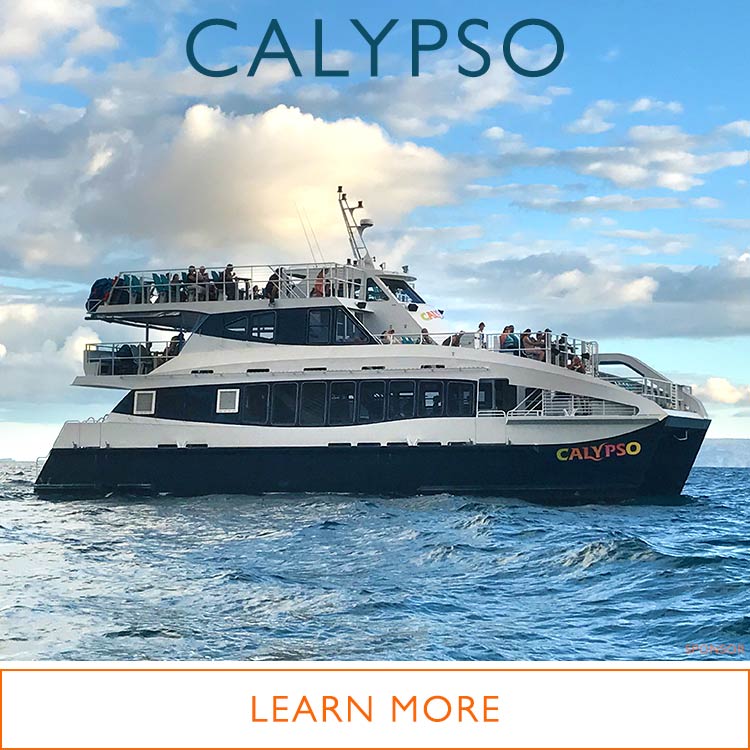Manta rays, crystal clear waters, and 400-year-old coral heads – Olowalu snorkeling blows us away every time.
Olowalu is part of a 900-acre reef system known to be one of Maui’s largest and oldest fringing reefs. This reef harbors a dazzling number of corals and the largest known manta ray population in the United States. It’s an undeniably special place.

Interested in exploring Olowalu’s underwater bounty?
Let’s take a look at what snorkeling Olowalu entails and what you can expect from your visit. We’ll also explore how Olowalu stacks up against other snorkeling spots on Maui in terms of accessibility, hazards, and amenities.
Here are our unbiased opinions on everything you should know about Olowalu, Maui’s “Mother Reef.”
The Snorkeling – Epic: 9/10
The snorkeling at Olowalu is fantastic, period. The snorkeling here is some of the best on Maui.
The reef gets better the further out you go. The depth is relatively shallow (about 20-30 feet maximum) until about a half mile offshore – however, unless you’re in a kayak or you are a really strong swimmer, we don’t recommend going that far.
Far offshore, the visibility is excellent on clear days. Some tour boats claim they’ve had days at Olowalu, where the visibility extends to 120 feet. That’s about as good as it gets!
Beyond the shallows, Olowalu is like an underwater wonderland. Enormous coral heads bloom from the sandy seafloor, creating maze-like aquamarine corridors that snorkelers can explore. Honestly, if we saw a mermaid pop out from behind a coral head here, we wouldn’t be surprised. The magic is tangible.

Meanwhile, Olowalu is a tapestry of marine life. In the shallow corridors, you’ll likely see sea turtles, eels, octopus, and a bounty of tropical fish like Moorish idols, parrotfish, and humuhumunukunukuapuaa.
Larger marine animals frequent Olowalu’s deeper waters. We’ve seen monk seals, manta rays, and reef sharks. (Insert friendly reminder to keep a respectful and responsible distance from marine life and never try to chase, approach, or touch wildlife.) (Insert additional reminder that there’s no guarantee you’ll see wildlife. Sometimes you see everything. Sometimes you see nothing. The ocean is just like that sometimes. However, your chances for Maui wildlife sightings at Olowalu are high.)
Olowalu is also home to a turtle “cleaning station.” There is a section of reef where turtles gather to be groomed by cleaner wrasses, who nibble algae and parasites off the turtles. Finding the turtle cleaning station without a guide is like finding a needle in a haystack, so may the odds ever be in your favor.
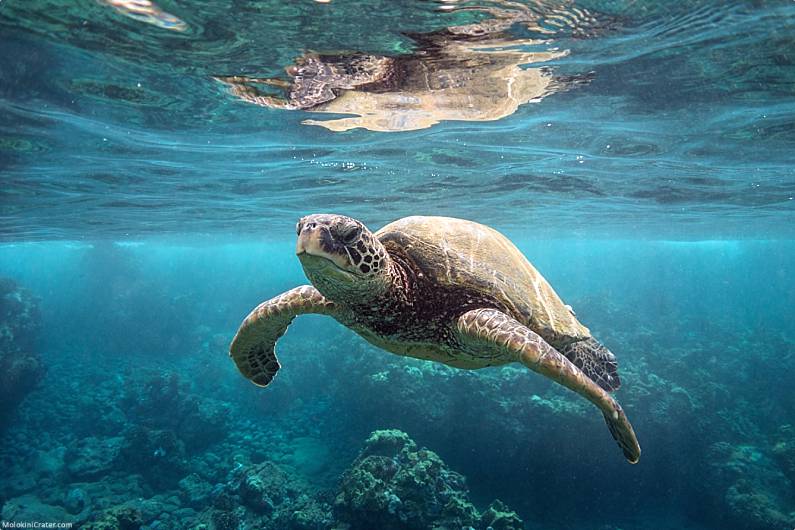
The only reason Olowalu gets a 9/10 instead of a 10/10 is that the corals have seriously degraded in recent years. Runoff, human interaction, and warming seas are all contributing factors. So, please do your part when visiting Olowalu to ensure this ancient reef stays healthy for years to come. Opt for a rash guard in addition to reef-safe sunscreen and never touch or step on corals.
Parking – Sandy Off-Street Parking: 6/10
Parking at Olowalu can be a little dicey for an average rental car, but not for reasons you might think.
There is no parking lot at Olowalu, only off-street parking – but parking is usually ample, especially on weekdays.
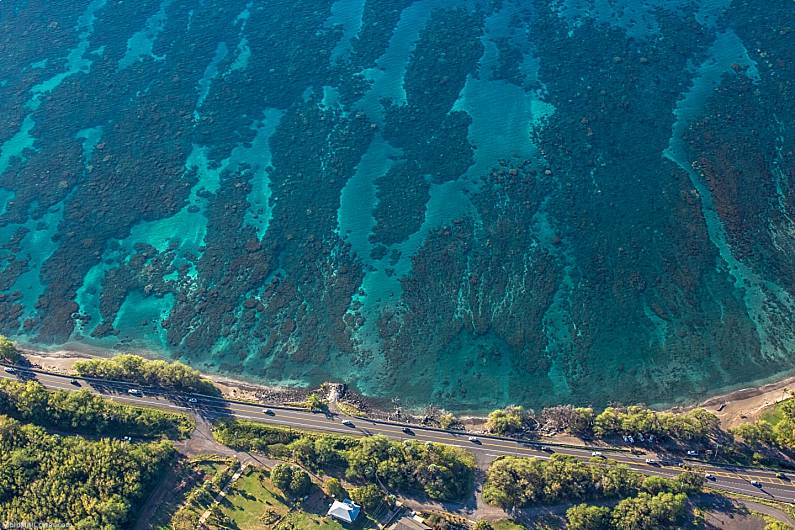
However, you have to park in the sand here. Some areas of the beach are a compact mix of sand and gravel, while other areas have deep, fine sand. If you have a 2WD rental car, don’t attempt to drive through or park on the deep sand. You WILL get stuck.
Crowds – Busy On the Beach, Few in the Water: 7/10
Olowalu is popular with locals and tourists, so the beach can get slightly busy on weekends. It’s a popular weekend spot for big family gatherings – especially since Olowalu’s shallow waters are (usually) calm and kid-friendly.
But in the water, far beyond the beach, snorkelers are few and far between.
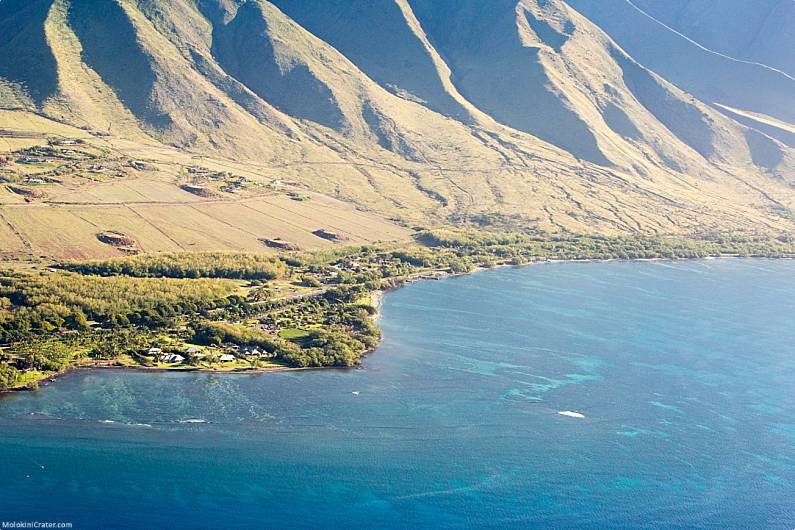
Amenities – None. Zilch. Nada: 0/10
There are no restrooms, showers, or trash cans here. If we remember correctly, there might be one dumpster somewhere near the beach. But don’t count on it – be prepared to pack your trash.
Our recommendation? Bring a jug of water to rinse you and your snorkel gear off, as well as snacks and drinking water.
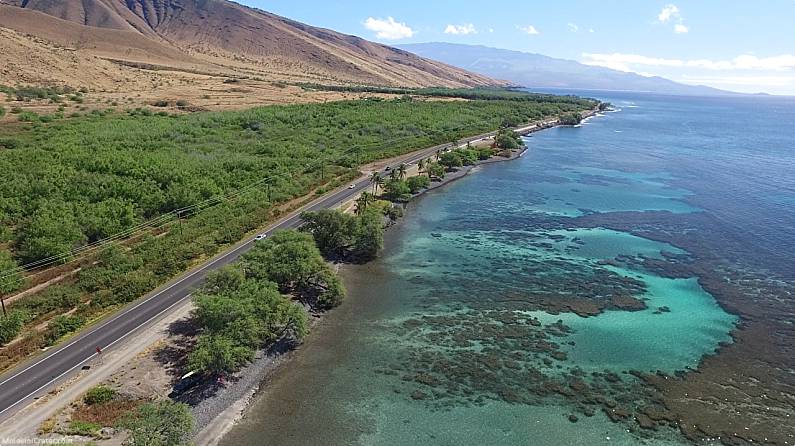
Safety – Average, Typical Ocean Hazards: 6/10
Snorkeling is not a risk-free activity, and it’s smart to familiarize yourself with ocean hazards before you go snorkeling.
The biggest hazards at Olowalu are currents, strong winds, and sharp, shallow reef. Summertime swells can also cause waves to break on Olowalu’s shallow reef, making snorkeling hazardous.
And we have to mention the dreaded “S” word… sharks.
Olowalu is the only beach on Maui to have permanent shark warning signs posted. But that doesn’t mean Olowalu has more shark attacks than other beaches.
This area is a popular pupping ground for reef sharks. In turn, there is a higher concentration of reef sharks at Olowalu than at other Maui beaches. But reef sharks are rarely responsible for unprovoked attacks on humans.
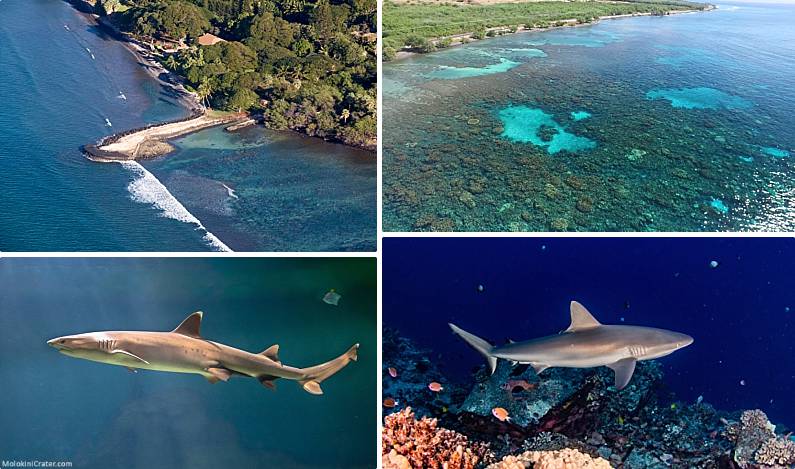
There has been a small number of shark attacks in the Olowalu area, but only one in the last 20 years – and it occurred in turbid, murky water 400 yards offshore. (And the woman only had one wound to her big toe.)
To lessen your odds of encountering sharks, avoid murky water and snorkeling during dawn or dusk.
Conditions – Ideal Conditions Occur Fairly Often: 7/10
If you’re planning on snorkeling at Olowalu, you’re going to hope for calm winds, a mid-to-high tide, clear water, and no surf.
Fortunately, these conditions are hallmarks at Olowalu and occur fairly often.
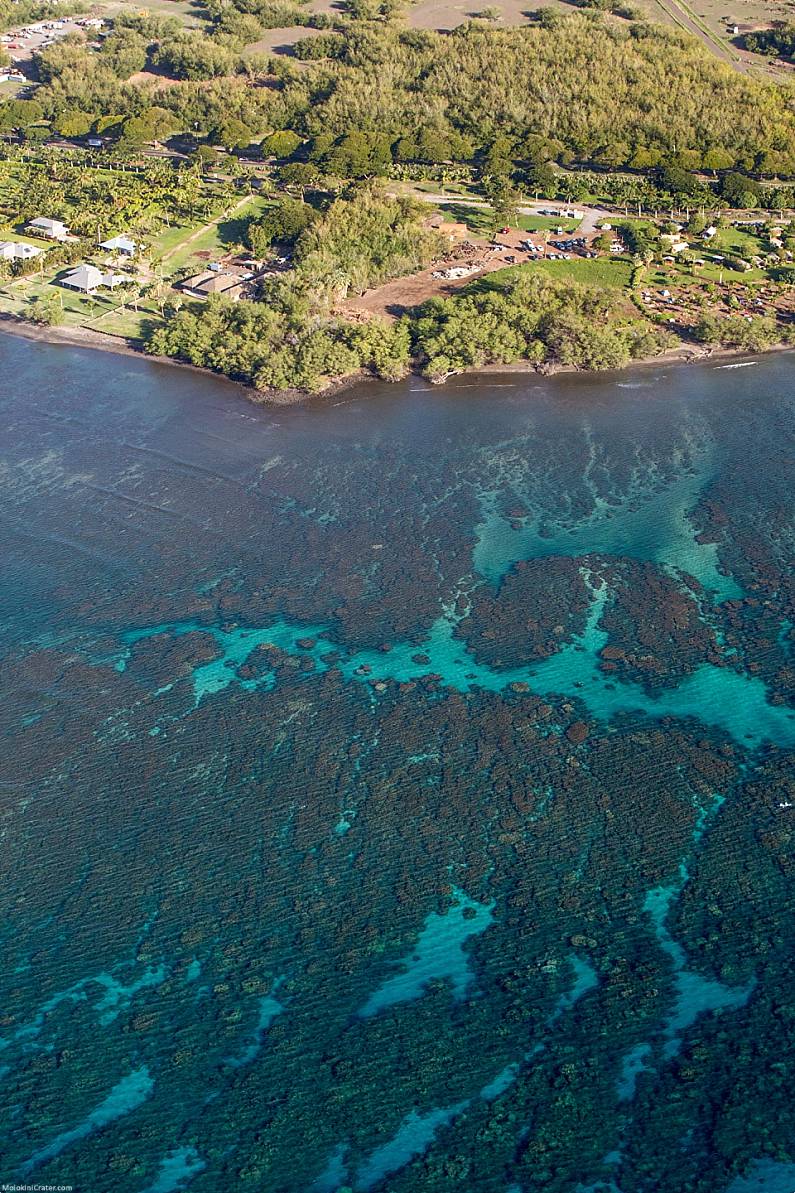
The towering West Maui Mountains block Maui’s relentless tradewinds most of the time. Although sometimes, when the wind direction shifts a couple of degrees, winds can come whipping out of valleys, and conditions become too windy to snorkel. You will also want to avoid Olowalu when the winds blow from the south because it can cause the water to churn up and kill visibility.
Olowalu’s reef is already shallow, and extremely low tides can expose the reef, making snorkeling next to impossible. Try to time your snorkeling with a mid-to-high tide – or at the very least, avoid negative tides.
Recent rains or high surf can also cause the water to become murky at Olowalu, and in that case, you should avoid snorkeling. Not only will you not be able to see anything, but murky water can contain land-based contaminants like pesticides and other yucky stuff.
Lastly, high surf makes snorkeling at Olowalu dangerous, murky, and just not very fun. High surf season on this side of Maui is during the summer, so if you’re visiting Maui during this time, keep your eyes on the surf report.
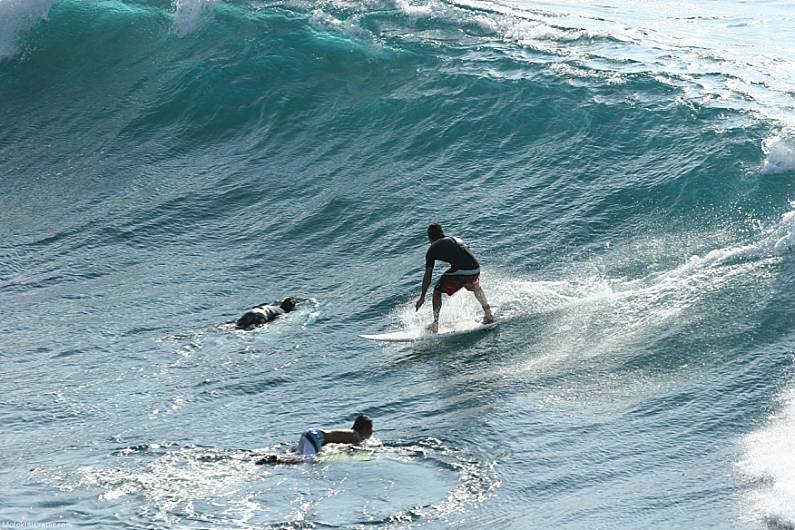
Overall, Olowalu is an excellent place to snorkel on Maui. You can snorkel off the beach or take a kayak or boat tour of the area. However you choose to experience it, Olowalu is a must-visit for all snorkelers and ocean lovers visiting Maui.
